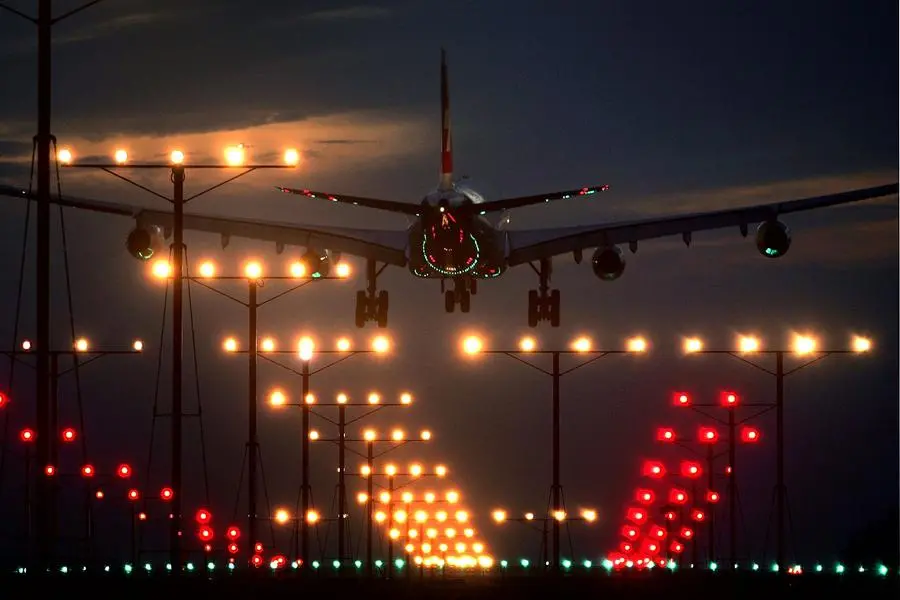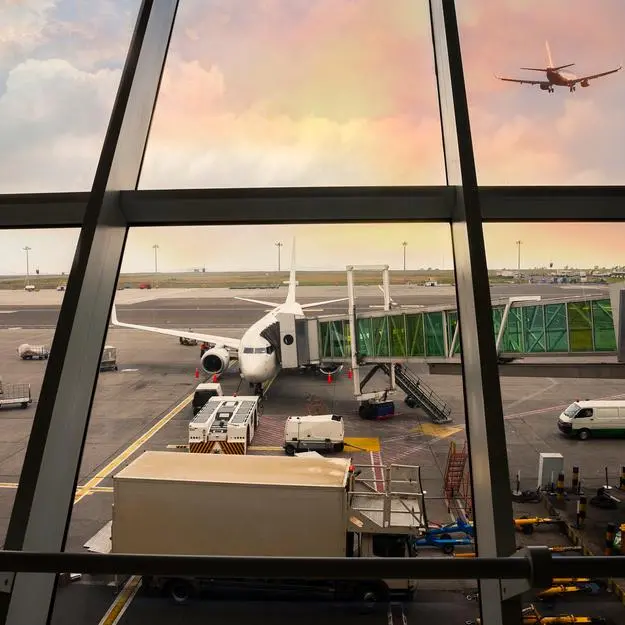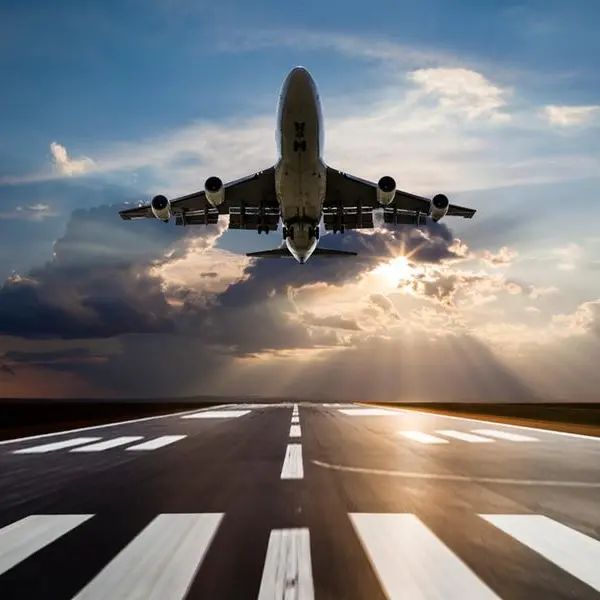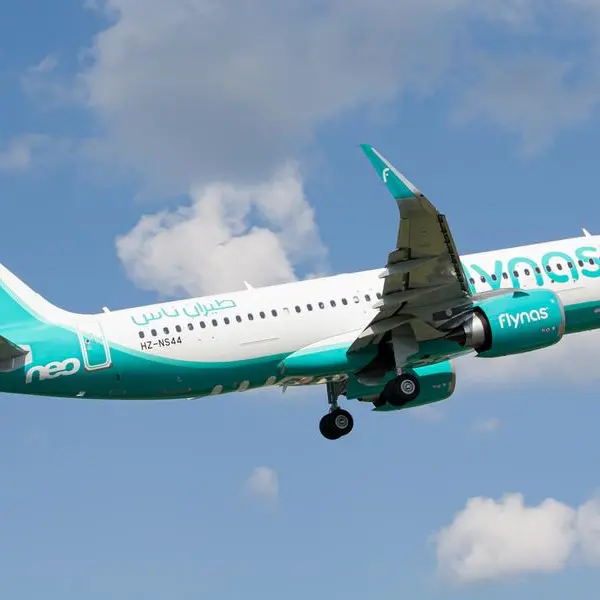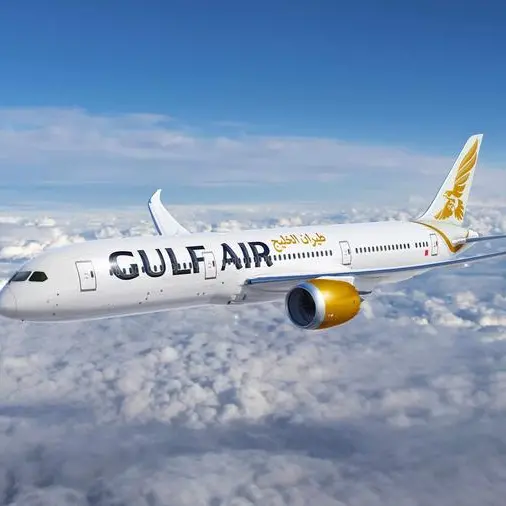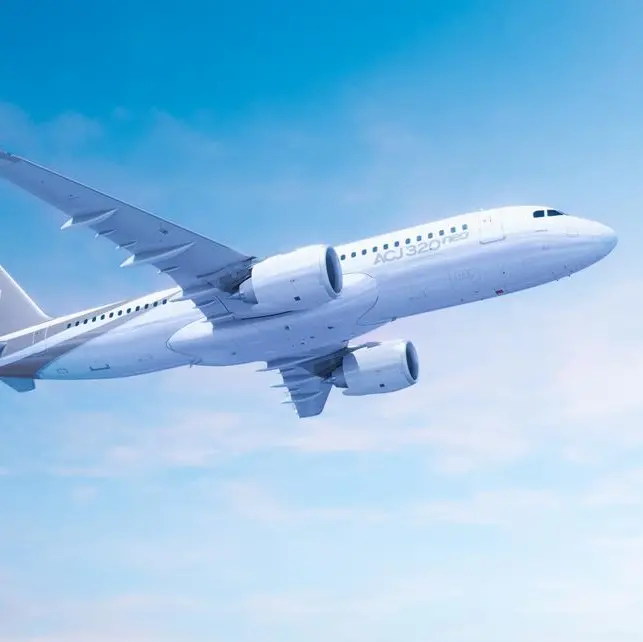PHOTO
GENEVA: The International Air Transport Association (IATA) has announced strengthened profitability projections for airlines in 2023, which will then largely stabilise in 2024. However, net profitability at the global level is expected to be well below the cost of capital in both years. Very significant regional variations in financial performance remain.
According to IATA, airline industry net profits are expected to reach $25.7 billion in 2024 (2.7% net profit margin). That will be a slight improvement over 2023 which is expected to show a $23.3 billion net profit (2.6% net profit margin).
In both 2023 and 2024 return on invested capital will lag the cost of capital by 4p.p., as interest rates around the world have risen in response to the sharp inflationary impulse. Airline industry operating profits are expected to reach $49.3 billion in 2024 from $40.7 billion in 2023. Total revenues in 2024 are expected to grow 7.6% year over year to a record $964 billion. Expense growth is expected to be slightly lower at 6.9% for a total of $914 billion.
Some 4.7 billion people are expected to travel in 2024, an historic high that exceeds the pre-pandemic level of 4.5 billion recorded in 2019. Cargo volumes are expected to be 58 and 61 million tonnes in 2023 and 2024, respectively.
“Considering the major losses of recent years, the $25.7 billion net profit expected in 2024 is a tribute to aviation’s resilience. People love to travel and that has helped airlines to come roaring back to pre-pandemic levels of connectivity. The speed of the recovery has been extraordinary; yet it also appears that the pandemic has cost aviation about four years of growth. From 2024 the outlook indicates that we can expect more normal growth patterns for both passenger and cargo,” said Willie Walsh, IATA’s Director General.
“Industry profits must be put into proper perspective. While the recovery is impressive, a net profit margin of 2.7% is far below what investors in almost any other industry would accept. Of course, many airlines are doing better than that average, and many are struggling. But there is something to be learned from the fact that, on average airlines will retain just $5.45 for every passenger carried. That’s about enough to buy a basic ‘grande latte’ at a London Starbucks. But it is far too little to build a future that is resilient to shocks for a critical global industry on which 3.5% of GDP depends and from which 3.05 million people directly earn their livelihoods. Airlines will always compete ferociously for their customers, but they remain far too burdened by onerous regulation, fragmentation, high infrastructure costs and a supply chain populated with oligopolies,” said Walsh.
Overall revenues in 2024 are expected to rise faster than expenses (7.6% vs. 6.9%), strengthening profitability. While operating profits are expected to increase by 21.1% ($40.7 billion in 2023 to $49.3 billion in 2024), net profit margins increased at less than half the pace (10%) largely due to increased interest rates expected in 2024.
Revenues
Industry revenues are expected to reach an historic high of $964 billion in 2024. An inventory of 40.1 million flights is expected to be available in 2024, exceeding the 2019 level of 38.9 million and up from the 36.8 million flights expected in 2023.
Passenger revenues are expected to reach $717 billion in 2024, up 12% from $642 billion in 2023. Revenue passenger kilometers (RPKs) growth is expected to be 9.8% year on year. While that is more than double the pre-pandemic growth trend, 2024 is expected to mark the end of the dramatic year-on-year increases that have been characteristic of the recovery in 2021-2023.
The high demand for travel coupled with limited capacity due to persistent supply chain issues continues to create supply and demand conditions supporting yield growth. Passenger yields in 2024 are expected to improve by 1.8% compared to 2023.
Reflecting the tight supply and demand conditions, efficiency levels are high with the load factor expected to be 82.6% in 2024, slightly better than 2023 (82%) and the same as in 2019.
